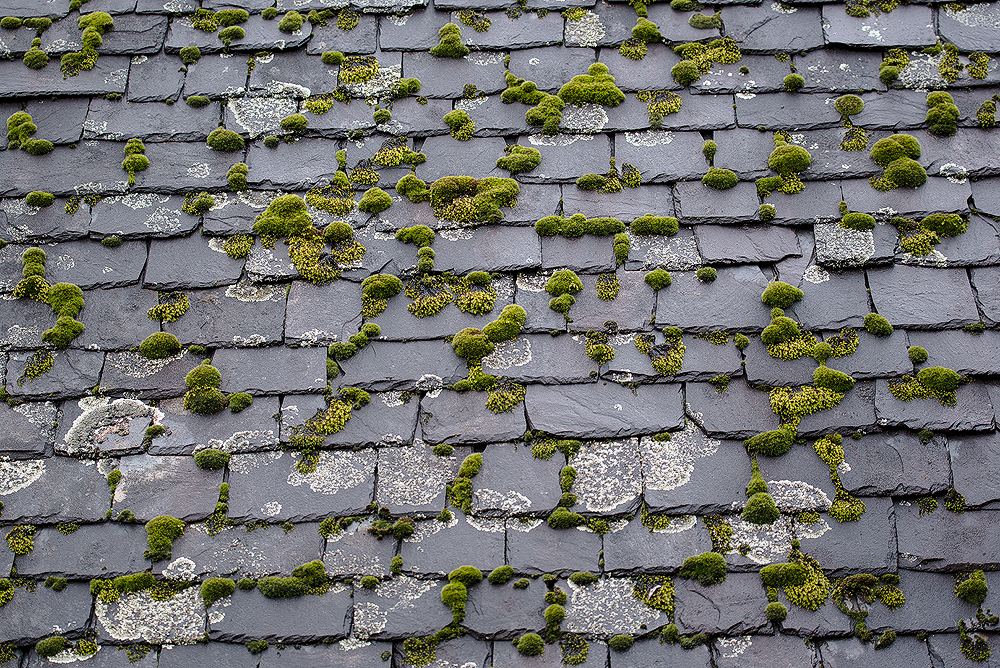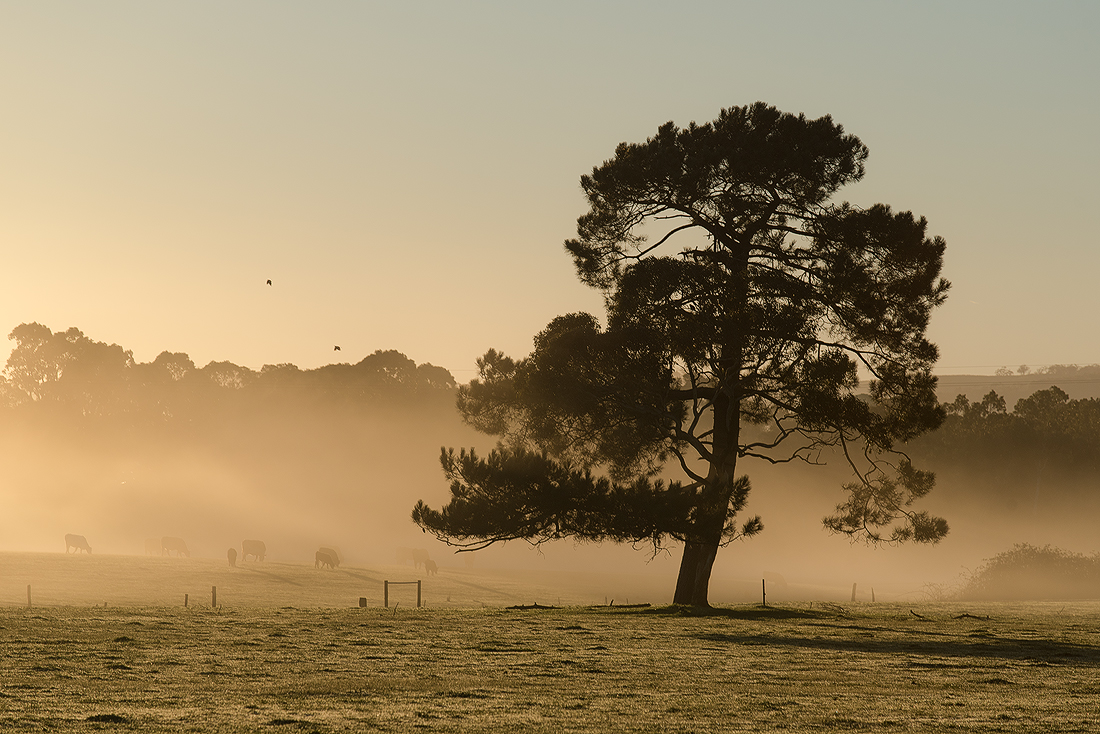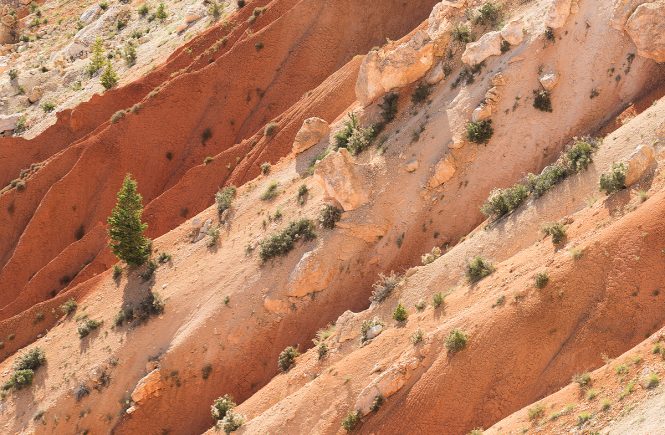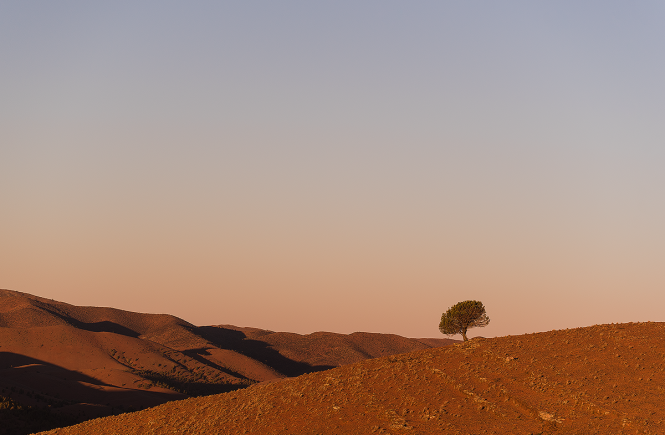(Note: the following post contains affiliate links. If you find my content useful and decide you want to learn more by purchasing a book, I’ll have a few more cents to contribute to my lost lens cap fund. Thanks!)
While I have written about mindfulness photography before, I’d like to delve a little deeper this time and stress why it is so very important to your evolution as a photographer.
Mindfulness as a practice originated in the Zen school of Chinese Buddhism, dating back to the latter part of the 7th century A.D.
It is a state of awareness in the present moment that is attentive, non-judgemental and engages all of the senses.
In his book Consciousness – The Brain, States of Awareness, and Alternate Realities, Daniel Goleman describes it as such:
Mindfulness entails breaking through stereotyped perception. Our natural tendency is to become habituated to the world around us, no longer to notice the familiar… In mindfulness, the meditator methodically faces the bare facts of his experience, seeing each event as though occurring for the first time. He does this by continuous attention to the first phase of perception, when his mind is receptive rather than reactive.
In other words, we became accustomed to the familiar in our lives.
We don’t notice the flame-red Japanese maple at the bottom of our driveway, or the intricate spider web that forms over the birdbath when we forget to put water in it.
By observing only that the maple tree is red, you are sticking to the “bare facts” of your experience. You are observing things as they are, instead of how you might like them to be.
When we stray from the bare facts, we might dismiss the maple tree as unworthy of a photograph. Perhaps we don’t enjoy red as a colour or have a vile hatred of exotic plants.
By removing the labels that we give to familiar things, we automatically cease judging them.

A more traditional view
Vietnamese Buddhist monk, teacher and poet Thích Nhat Hanh says this about mindfulness:
People usually consider walking on water or in thin air a miracle. But I think the real miracle is not to walk either on water or in thin air, but to walk on earth. Every day we are engaged in a miracle which we don’t even recognize: a blue sky, white clouds, green leaves, the black, curious eyes of a child – our own two eyes. All is a miracle.
Hanh’s “miracle” is in fact a more nuanced description of what Goleman describes as encountering something for the first time.
Clouds, leaves and blue skies are things which we encounter every day. Over time we might become ignorant of their existence, or worse still, their significance.
Take the mere act of witnessing a leaf, for example. How many miracles had to occur for that to happen?
(a) Single-celled organisms evolved for over 3.5 billion years just to get to the plant stage.
(b) Your own existence, itself the product of two people meeting and then hundreds of millions of sperm racing toward an egg.
(c) The position of the Earth. Far enough from the sun to sustain life, but not too far as to make it uninhabitable.
Whichever way you look at it, a lot of things had to go right over a very long period of time for you to witness that leaf. At least three things, anyway…
Hạnh is calling existence itself the miracle. When you can appreciate things for merely existing, you tend to become more attentive, more aware and less judgemental.
Miraculous things are every-day in nature, hiding in plain sight. They might appear to be boring, banal or familiar. They almost certainly won’t be found on postcards.
Incidentally, if you’d like to read more Hanh’s miracle, check out his short but inspiring book titled The Miracle of Mindfulness: An Introduction to the Practice of Meditation. You can find it on Amazon AU or Amazon US.
Enter photography
Although mindfulness has existed for 1400 years longer than photography, I believe that the two are a perfect pairing.
Instead of breathing being the focus, the visual world is the focus.
Mindful photography is about appreciating the infinitely beautiful visual world. To allow ourselves to feel humble, inspired and child-like in our sense of wonder.
Ideally, photography gives us permission to be free and to explore the world as we please.
When we are focused on our surroundings, we are much less focused on gear, technique or experience level.
Here, mindfulness is not simply a meditation exercise. It also builds a foundation of creative, unique expression.
How, then, does one begin to build this foundation?

Receptivity
Receptivity is not only an attitude of openness and attentiveness to the visual world, but also to the benefits of mindfulness itself.
Don’t try to subdue a subject to your way of thinking – you can’t push a piano through a porthole. Go with the flow. Be flexible. Adapt. The scene will not adapt to you, as you’ll discover when viewing your pictures… Don’t let your expectations project mirages that leave you thirsting. Release expectations. Defy assumptions.
It requires that you be willing to leave your habitual ways of operating at home.
This is especially true of new subjects and new locations, but can also apply to the familiar situations where you have established and entrenched habits.
Lack of receptivity also extends to the self. It can manifest as a perceived lack of ability or open-mindedness.
Taoism, a Chinese philosophical religion, interprets this receptivity as resourcefulness. To recognise that the visual world does not begin and end where we define it to begin and end, and then to make use of it.
For example, you might believe that great photographs cannot be made in the middle of the day, or that you couldn’t possibly make twenty photographs of that abandoned petrol station down the road.
These limiting beliefs undermine your receptivity. And without receptivity, it is difficult to see.
If you’re interested in the intersection between Taoism and photography, read this post or consider adding this excellent book to your library.
Seeing
If receptivity is the state of mind, seeing is leaving your mark on the world around you.
In his book Photography and the Art of Seeing, Freeman Patterson notes the following:
Seeing, in the finest and broadest sense, means using your senses, your intellect, and your emotions. It means encountering your subject matter with your whole being. It means looking beyond the labels of things and discovering the remarkable world around you.
We are often quick to judge others based on their outward appearance. Unfortunately, we can also have difficulty looking beyond the superficial beauty of say, a tree.
For example, I love river red gums (Eucalyptus camaldulensis). Who doesn’t though, right? They’re old, they’re majestic, they’re icons of the Australian bush.
But when was the last time you closely examined their beautiful bark?
Felt their dominating presence and resilience to drought?
Appreciated their wet leaves glistening in the dawn light?
Or marvelled at the saplings that shoot up in dense thickets like vertically arranged matchsticks?
When you can recognise that a tree is more than a tree, you move from a representational style of photography to one of interpretation.
It’s important to note that seeing extends beyond superficially beautiful things, which people find easy to appreciate in principle.
Have you ever noticed the way water beads and channels on glass? Or the way that cracked mud forms the most fascinating tessellated patterns?

Benefits of mindfulness photography
Improved mental health
Mindfulness is focused awareness on the present moment. When you are observing that intricate flower at your feet, you don’t have the ability to be simultaneously worrying about what your Instagram following will think about your new shoes.
Instead, you are immersed in your hobby and all of the positive emotions that being immersed in a hobby can bring.
By shifting our awareness to those things which give us joy, it is only natural that our mental health would improve. Studies have shown that mindfulness can decrease rumination, emotional reactivity and stress, among other things.
Increased self-awareness
Mindfulness photography is allowing images to come to you, as opposed to the reverse. When you’re being mindful, subjects or locations that interest you tend to make themselves apparent.
You are a sponge to the world. You absorb all of it, but you (almost subconsciously) pick out the parts that truly interest you. The parts that you might like to turn into a photograph.
Self-awareness is especially important if you are just starting out on your photographic journey. Maybe you are a bit unsure of who you are, what you like and how to express yourself.
Mindfulness is how you begin the process of getting to know yourself.
Intimacy
Simon Baxter, a British landscape photographer, shoots predominantly in his local woodland. The woodland touches him personally and as a result, he makes photographs that he feels demonstrate what woodlands mean to him.
Of course, he didn’t get to that point by visiting once or twice. Nor did he get to that point by visiting thousands of times and not being mindful of his surroundings.
Through repeated visits, he came to understand how the woodland looked during certain seasons and at certain times of the day, and what emotions those changing landscapes stirred within himself.
Mindfulness breeds intimacy with the landscape, which in turn produces images with soul. Images that casual visitors could never produce.
Whatever the location, become intimate with it. Where do you like shooting that you can visit on a regular basis?
Don’t over complicate the process. There are quite literally photographs to be made around every corner.
Ability to convey emotion
Many photographers want to express emotion in their photographs, but how many could say they were moved emotionally when making them?
If no emotion went into the photograph, then it is unlikely that any would be expressed to the viewer.
Mindfulness permits you to explore in a way that a child does. Children are not afraid to show emotion, for better or worse.
But children are often excited, non-judgemental and receptive to all possibilities, so embrace more of that child-like wonder!
Understand the subject and what it is that moves you to make a photograph.
If what motivates you is the approval of others, expect that those feelings will somehow translate into your work.
How do you expect to feel anything for the Sydney Harbour Bridge at sunset when you are too busy jostling for position with other photographers?
You don’t even like bridges!
Barriers to mindfulness photography
Being results orientated
Making a photograph is not like making a cake.
You don’t put the ingredients for a photograph into the oven for 45 minutes at 180 degrees Celsius and expect one to magically materialise when the timer buzzes.
Too many photographers want to indulge in the cake, without first indulging in the process.
I’ll admit, sometimes the process may feel like a waste of time. Sometimes the process can be uncomfortable and invite failure to your door.
Besides, why make a cake from scratch when you can just buy the packet mix?
Few want to beat the eggs, sugar and flour and just see what happens. Fewer still will be want to beat the eggs without the promise of a perfectly-risen cake.
Unfortunately, photography doesn’t work like that.
At least, fulfilling photography doesn’t.
Use your own ingredients. Don’t buy the packet mix. And most of all, enjoy the process!
Limiting beliefs
Limiting beliefs cover a wide range of issues in photography. Some of the more common limiting beliefs relate to the weather, camera technique, location, expensive gear and the judgement of others.
Maybe you put the camera away the second the sun dips behind the hill. Or perhaps you buy a new camera in the hope that it makes you a better photographer, only to end up spending the entirety of your photography trip trying to understand how it works.
Worse still, you judge the worthiness of every photograph or location on the potential feedback you’ll receive on social media.
Limiting beliefs inhibit your ability to be engaged in mindful photography, and in truth, they can be hard to overcome.
By embracing mindfulness photography, you make room for constructive thoughts that help you gain clarity and confidence in your work.
Armed with this clarity and confidence in who you are and what you want to say, you are less affected by the thoughts, motivations, and opinions of others.
Conclusion
Mindfulness coupled with photography is an investment of mind, body and soul. Practiced regularly, it becomes a means of unique, unencumbered creative expression.
In a mindful state, you are seeing where others look. Absorbing where others deflect.
Mindfulness focusses your attention on the task at hand, resulting in deep and focused curiosity and creativity.
While you are open to every possibility, you’re only responding to things that touch you personally.
In this state, you’re open to and accepting of the process of making a photograph, even if it would have been easier to just use the packet mix.
Great photographs are always nice. The process itself is even nicer. Revealing, liberating and fulfilling.




11 comments
Thanks for this article. Very well put together.
It was my pleasure, Tony. Glad you enjoyed it!
A lovely description of life and photography, as it can be. Since taking up photography, I see and look for more, as you do.
Thanks John! Yes, a camera is a portal to a whole new way of seeing and living (even if you never end up making a photograph) and appreciating the world. 🙂
You are on your way! Thanks for sharing this helpful perspective. I have been privileged to have learned much of what I know of photography from a fellow Aussie, Dr. John Diamond, who has taken more photographs than anyone ever before — all as what he calls Action Meditations. Similar to your description of “Mindfulness Photography”. Now add the dimensions of guidance and art as healing (for viewer as well as artist) and you’ll come close to what he has learned in 60 years as a photographer, doctor and healer.
Hi David, you are most welcome!
I had not heard of John Diamond, but I can certainly get behind his ethos and he has a nice collection of images, particularly the nature abstracts! Thanks for bringing him to my attention, I’m keen to find out more about his approach.
Insightful. Inspiring. Informative.
Thanks so much Ben for sharing and for motivating me to get out & about with my camera again and start exploring my own backyard.
Looking forward to reading a lot more of your articles!
Appreciate the kind words Marsha! Glad I could help!
Hi Ben,
Awesome Article & I am becoming a Fan of Thích Nhat Hanh, and have been a Fan of Daniel Goleman for a few years now,
Your Mindful perspective gives me reason to why I Shoot many Photographs which may mean nothing to anyone else, yet mean everything to me! What I focus on is the Present Moment having much curiosity and no judgments!!!
Thanks Rick! I couldn’t have put it better myself. Take photographs that mean something to you! If they do mean something to someone else, well, that’s a bonus. Thich is great also, I watch a lot of his videos. Thanks for stopping by 🙂
Lovely article! Today I realised that I have been mindfulness photographing for soon two decades, purely as a hobby, without knowing there was such a thing!! And I love it, and intende from now on to practice it, well, mindfully!